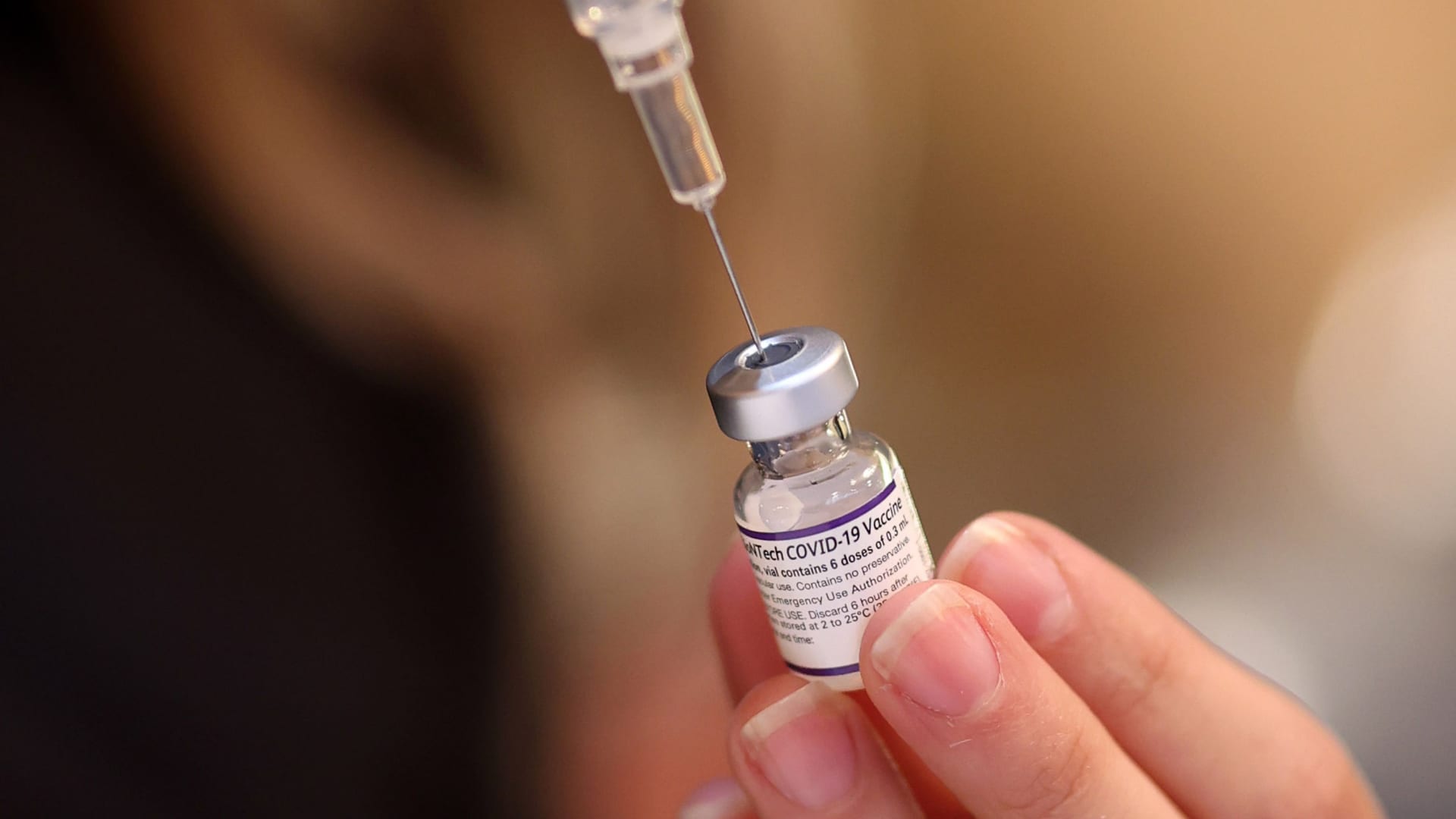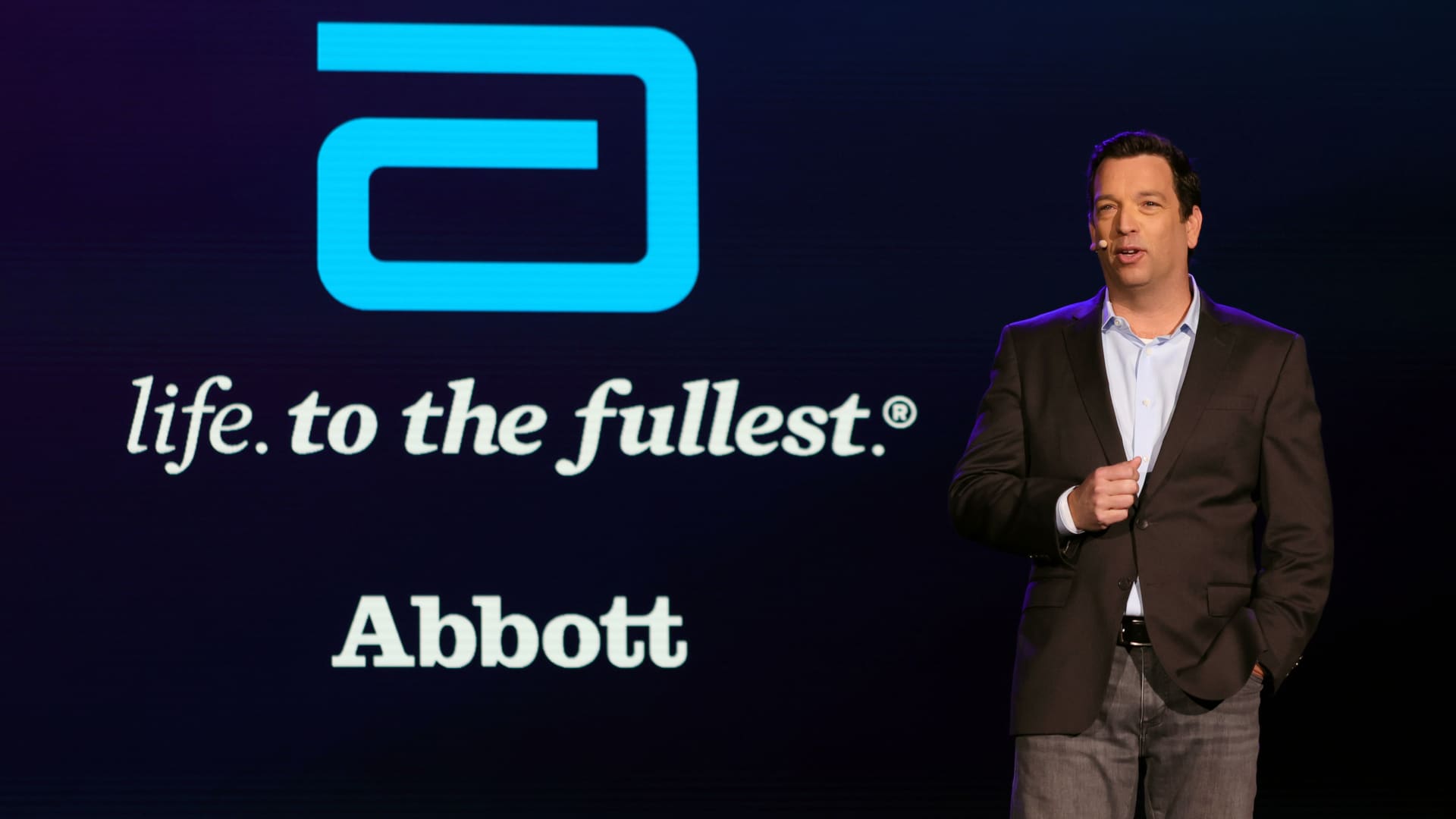Telehealth company Ro on Wednesday launched a new tracker to help patients find a popular class of weight loss and diabetes drugs called GLP-1 amid a shortage of those treatments in the US.
The supply tracker could be a valuable tool for many Americans struggling to obtain LPG-1, such as NordiskThe weight loss injection Wegovy and the diabetes drug Ozempic. Demand for those drugs has far outstripped supply over the past year, forcing Novo Nordisk and Eli Lillythe dominant players in the market, to invest heavily to expand manufacturing.
The tracker aims to make information on LPG-1 supply more transparent and accessible to everyone, regardless of whether they are enrolled in any of Ro's programs. The company is one of several digital health companies offering weight loss programs that can give users a prescription for GLP-1 and access to counseling and other services.
The tracker is an interactive tool that provides people with real-time supply information by medication, dose size, and pharmacy location. Existing drug shortage databases, including one run by the U.S. Food and Drug Administration, often don't share localized data.
“We're trying to make it as easy as possible for patients and providers to get a snapshot of what's available and what's not, and do it as quickly as possible,” Ro co-founder and CEO Zachariah told CNBC. Reitano, in an interview.
He added that the GLP-1 shortage feels like a “national healthcare crisis.”
“I don't think people are fully aware that life-saving or life-altering medications that could benefit more than 100 million people in the U.S. are currently in significant shortage and that patients every month are having problems.” said Reitano.
Ro decided to make the tool free for anyone because there is no “basic inventory management system” for GLP-1, making it an important contribution to the broader community that relies on those medications, according to Reitano. He added that opening the tracker to everyone also makes it more likely that both Ro patients and people not enrolled in the company's programs will access GLP-1.
Ro Telehealth GLP-1 Supply Tracker.
Courtesy: Ro
Anyone, including doctors, can submit an update to Ro's tracker by completing a report regarding the availability or shortage of GLP-1 at a specific pharmacy in their area. Users have the option to automatically report that information to the FDA.
Ro will update the tracker based on its own supply data, which is generated when the company's patients register that they have successfully picked up their medications at a pharmacy. Ro will also update the tracker with the latest information from the FDA, according to the company.
To ensure there really is a shortage of a drug, Reitano said the tracker takes into account a combination of speed, location and number of shipments. For example, a report over a two-month period may not influence the tracker.
Reitano said Ro has been building the GLP-1 tracker for about two months. The company has not been working directly with the FDA, but providing the agency with more real-time data can help it keep its shortage list as up-to-date as possible, she said.
This, in turn, means doctors will be able to make more informed decisions about the best medication to prescribe to patients, Reitano said.
“If that list is outdated compared to reality, then a prescription will be issued assuming the patient can access it,” Reitano said. “They can't or might start but not continue, and that causes interruptions in their treatment.”
People can sign up to receive automatic email alerts when a specific GLP-1 medication becomes available at a pharmacy near them. The tracker also alerts patients to changes in the supply of GLP-1 in the FDA's drug shortage database.
Alerts include instructions to request that a pharmacy transfer your prescription to another location with a supply in stock. Any patient can also message Ro's care team to transfer their prescriptions on her behalf.
Ro's GLP-1 Supply Tracker.
Courtesy: Ro
Ro leans more towards GLP-1
Ro, founded as Roman in 2017, has been helping patients treat obesity since 2020. Reitano told CNBC in March that after the FDA approved Wegovy In 2021, patient inquiries about the drug began coming in by the “tens of thousands.”
As a result, the company launched a GLP-1 program called Ro Body Program early last year.
Ro can prescribe medications such as Ozempic and Wegovy, and also offers compounded versions of GLP-1 if brand-name versions are in short supply. GLP-1 compounds are personalized alternatives to brand-name medications designed to meet the needs of a specific patient.
Since launching the Body Program, Ro has become very familiar with the challenges that can arise from lack of supply. The company temporarily suspended advertising for the program due to shortages last year and offered refunds and credits to patients who were unable to pick up their medications within 30 days of filling the prescription.
Reitano said the company made more than 50,000 calls between July and August of last year trying to transfer prescriptions to different pharmacies.
Reitano hopes the tracker will make it easier for patients and providers to find supplies of GLP-1 and report shortages to the FDA in real time, especially as demand for the drugs grows even more.
But he said his “biggest hope” is that Ro's supply tracker will become “useless” within three years as more LPG-1 supply hits the market and shortages ease.
“That's better for us, it's better for the patients and it's also better for the health care system,” Reitano told CNBC.











